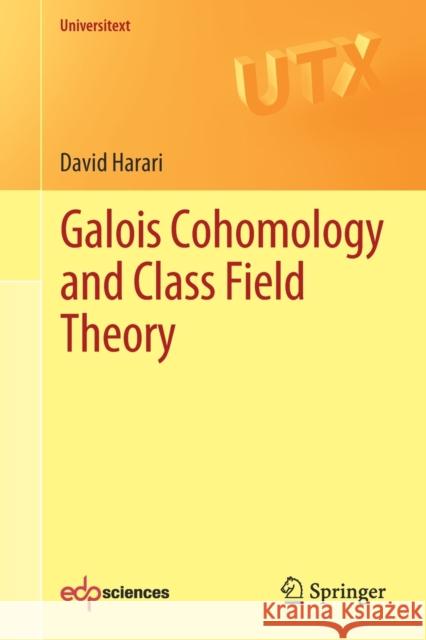Galois Cohomology and Class Field Theory » książka
topmenu
Galois Cohomology and Class Field Theory
ISBN-13: 9783030439002 / Angielski / Miękka / 2020 / 338 str.
Kategorie:
Kategorie BISAC:
Wydawca:
Springer
Seria wydawnicza:
Język:
Angielski
ISBN-13:
9783030439002
Rok wydania:
2020
Wydanie:
2020
Numer serii:
000024642
Ilość stron:
338
Waga:
0.49 kg
Wymiary:
23.39 x 15.6 x 1.88
Oprawa:
Miękka
Wolumenów:
01
Dodatkowe informacje:
Wydanie ilustrowane











